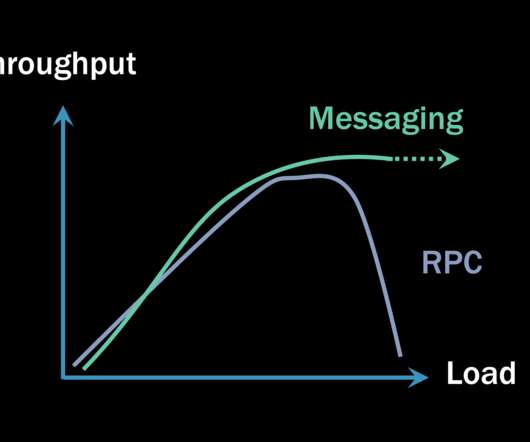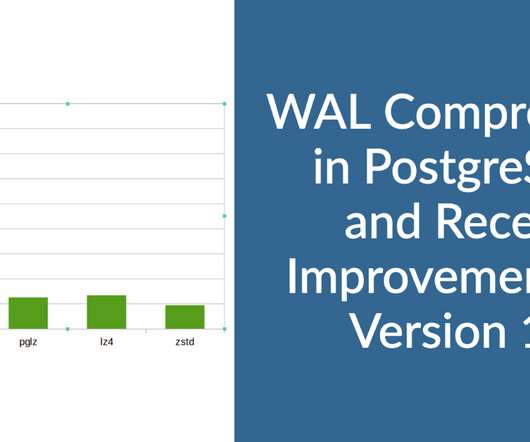Implementing service-level objectives to improve software quality
Dynatrace
DECEMBER 27, 2022
As more organizations embrace microservices-based architecture to deliver goods and services digitally, maintaining customer satisfaction has become exponentially more challenging. Instead, they can ensure that services comport with the pre-established benchmarks. Latency is the time that it takes a request to be served.







































Let's personalize your content